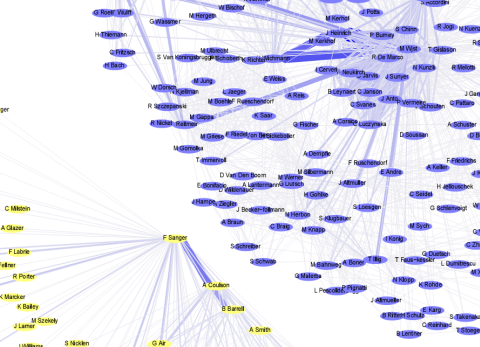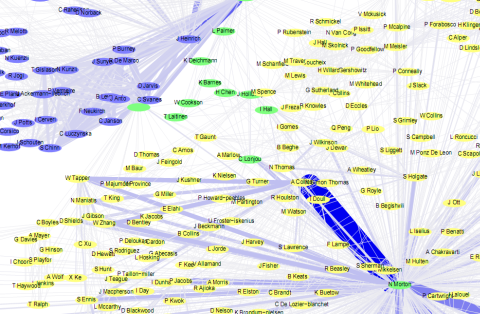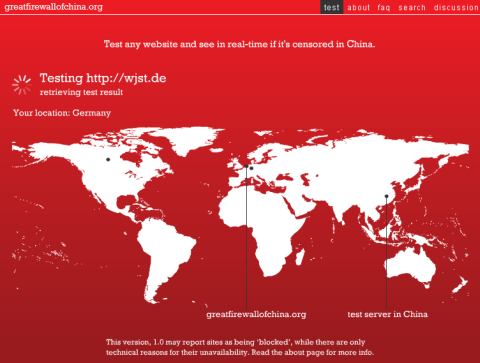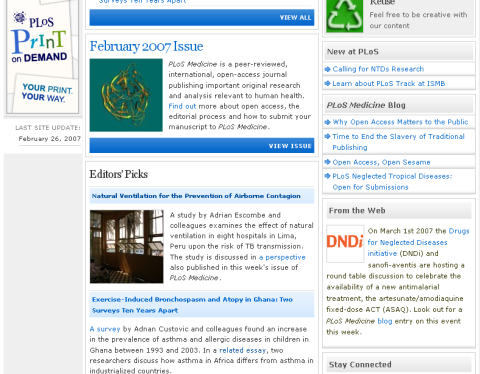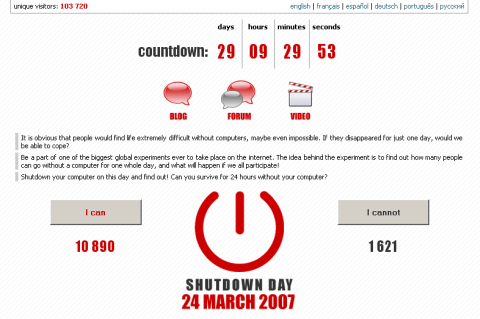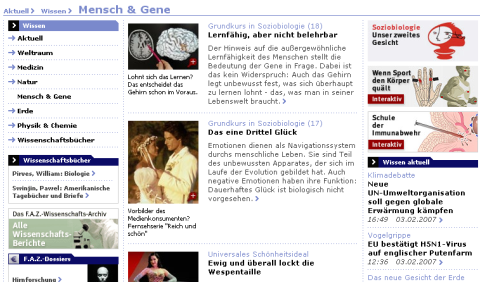Will you state your full name?
Will you repeat this oath after me?
I swear by God, the Almighty and Omniscient, that I will speak the pure truth, and will withhold and add nothing.
You may sit down.
I have heard this sentence now eight times – on eight new CDs from the Nuremberg trials with original material by the American Record Group 238 “Die NS-Führung im Verhör” documented by Ulrich Lampen with an introduction by Peter Steinbach. The introductory remarks are well balanced, the sound quality excellent, translation and dubbing artists outstanding, but there seems to be no documentation in the CD box in particular for CD 7, the interrogation of Prof. Dr. med. Karl Gebhard.
I am giving therefore some links here – as otherwise you will not really understand what this man did. None of the other interviews recorded such an aggressive, rude and loud tone – a big-headed, omnipotent medical professor that still believes that winning of the war would have enobled his medical research.
www.shoa.de, the largest German portal on the Holocaust has an article about Herta Oberheuser that contains some information about Gebhard; more at German Wikipedia but the most detailed account may be found in Klee, Auschwitz pp 152. Gebhard was one of the few German physicians that were hanged after the war.
Born in 1897, he studied as Mengele here in Munich, habilitated 1935 as a scholar of Sauerbruch and became associate professor in Berlin. As of 1937, he held a chair of orthopedic surgery, became head physician at the sanatorium (Heilanstalt) Hohenlychen and “Oberster Kliniker beim Reichsarzt SS”. Ravensbrück was only a few kilometer from Hohenlychen. Klee has all the terrible details of his medical research: artificial infection with Clostridium, wood and glass implantation into the lower legs, explantation of limbs, trepanation with artifical brain injuries, phosphor burning of the perineum as punishment, consecutive murdering of patients with evipan or by shooting. Gebhard was medical attendant of Heinrich Himmler and president of the German Red Cross (sic!)
Protocols
The protocols are available as microfilms. I am currently checking with the editors if they can be copied to PDF format.
